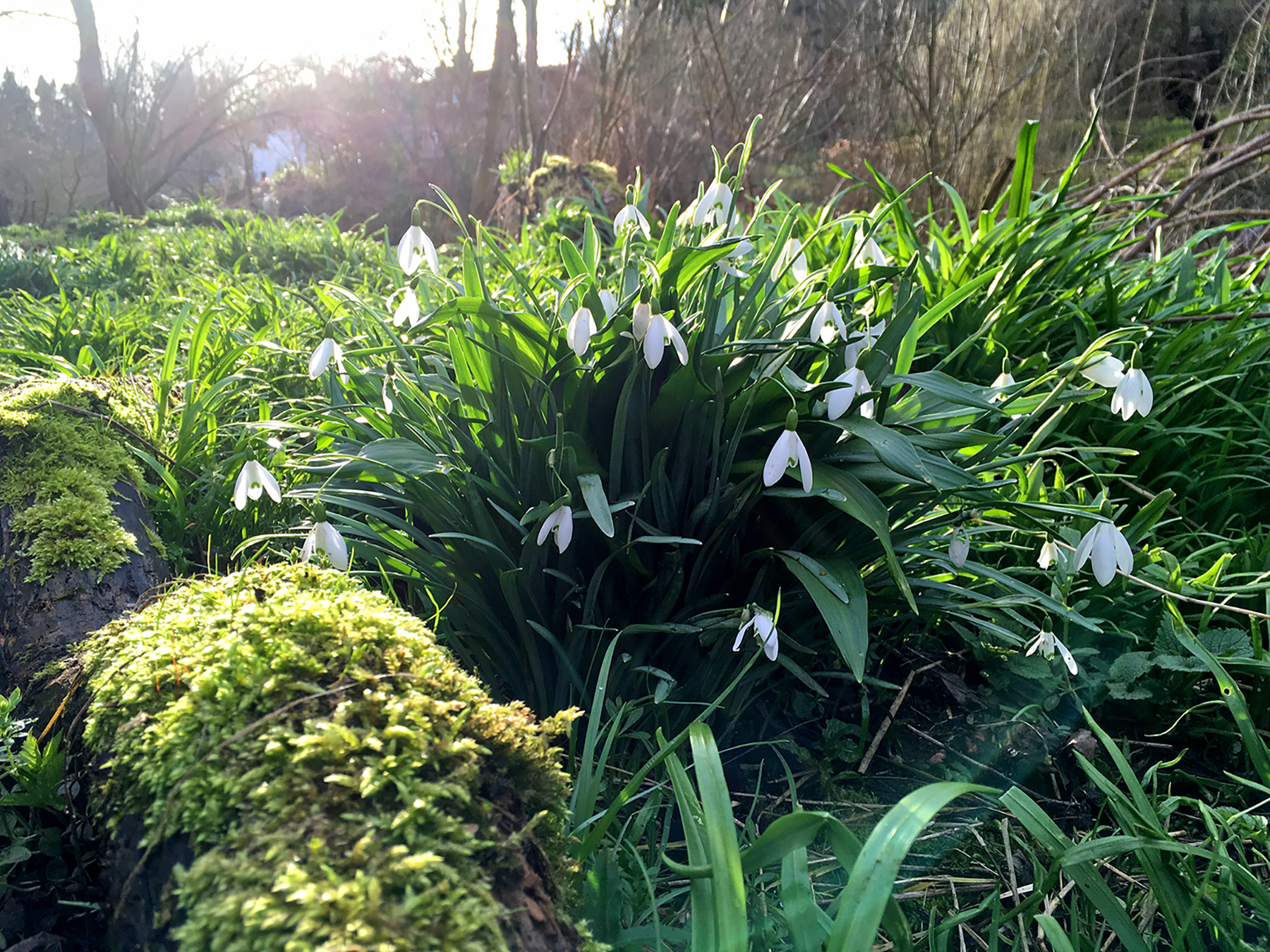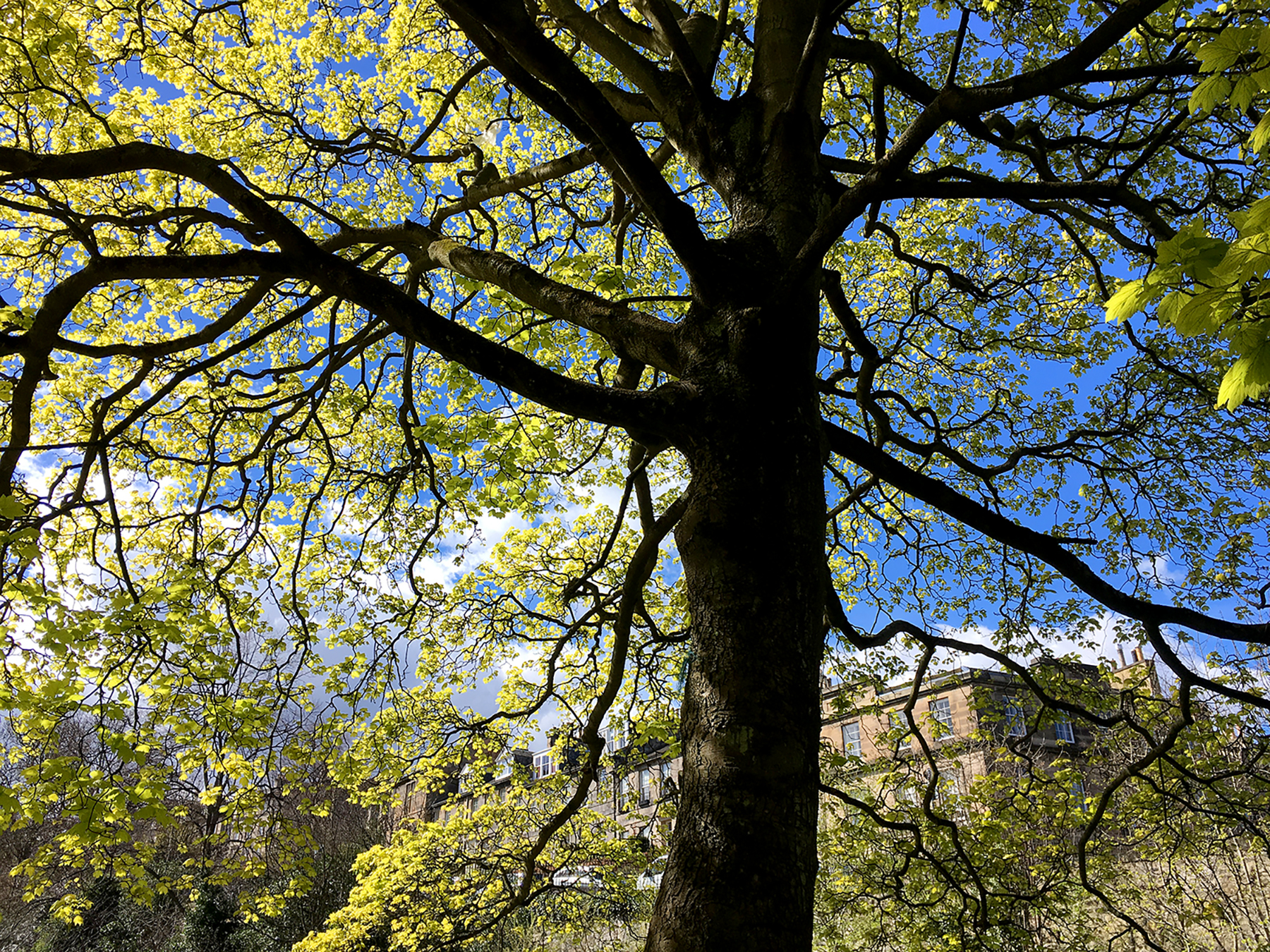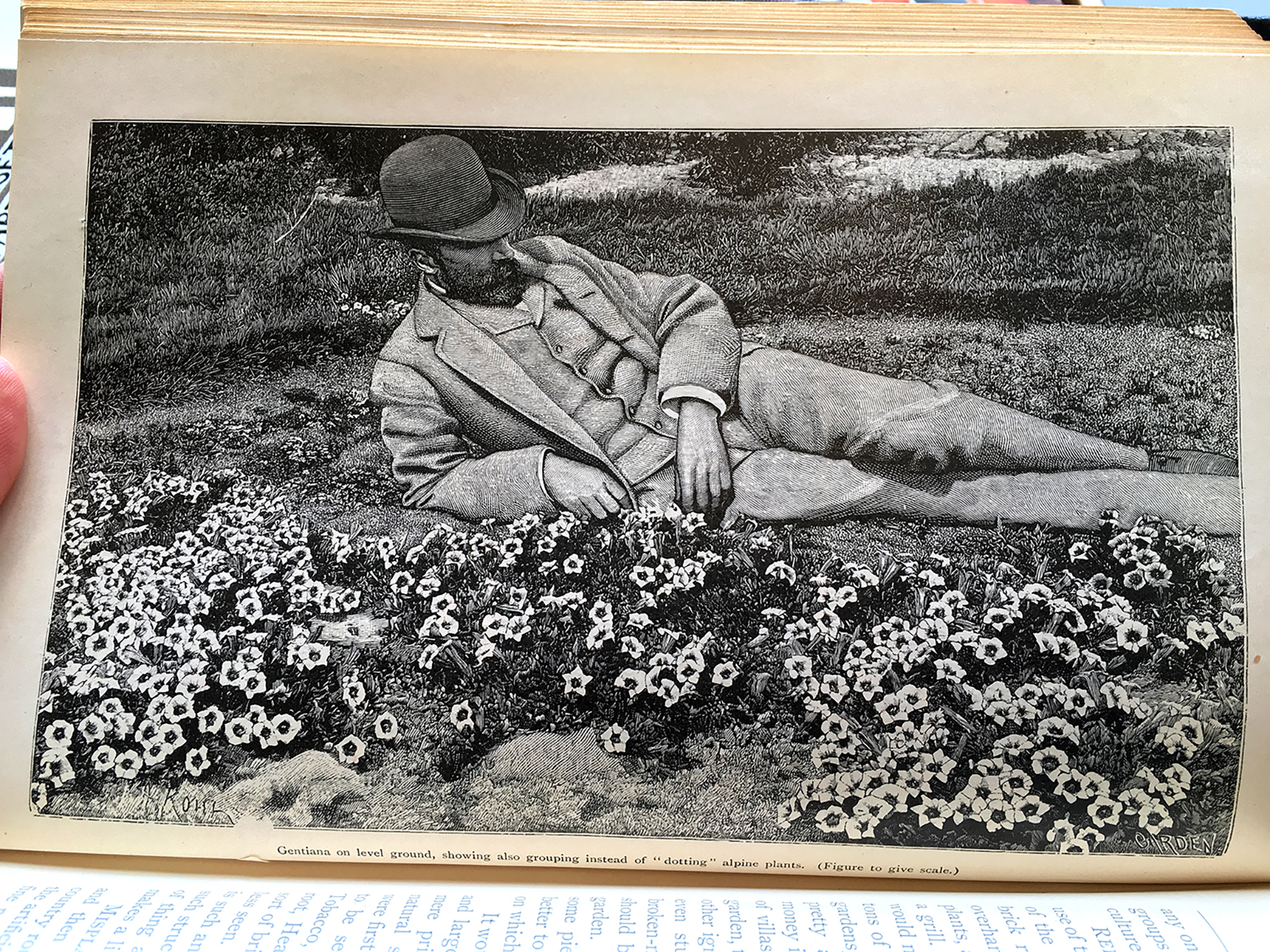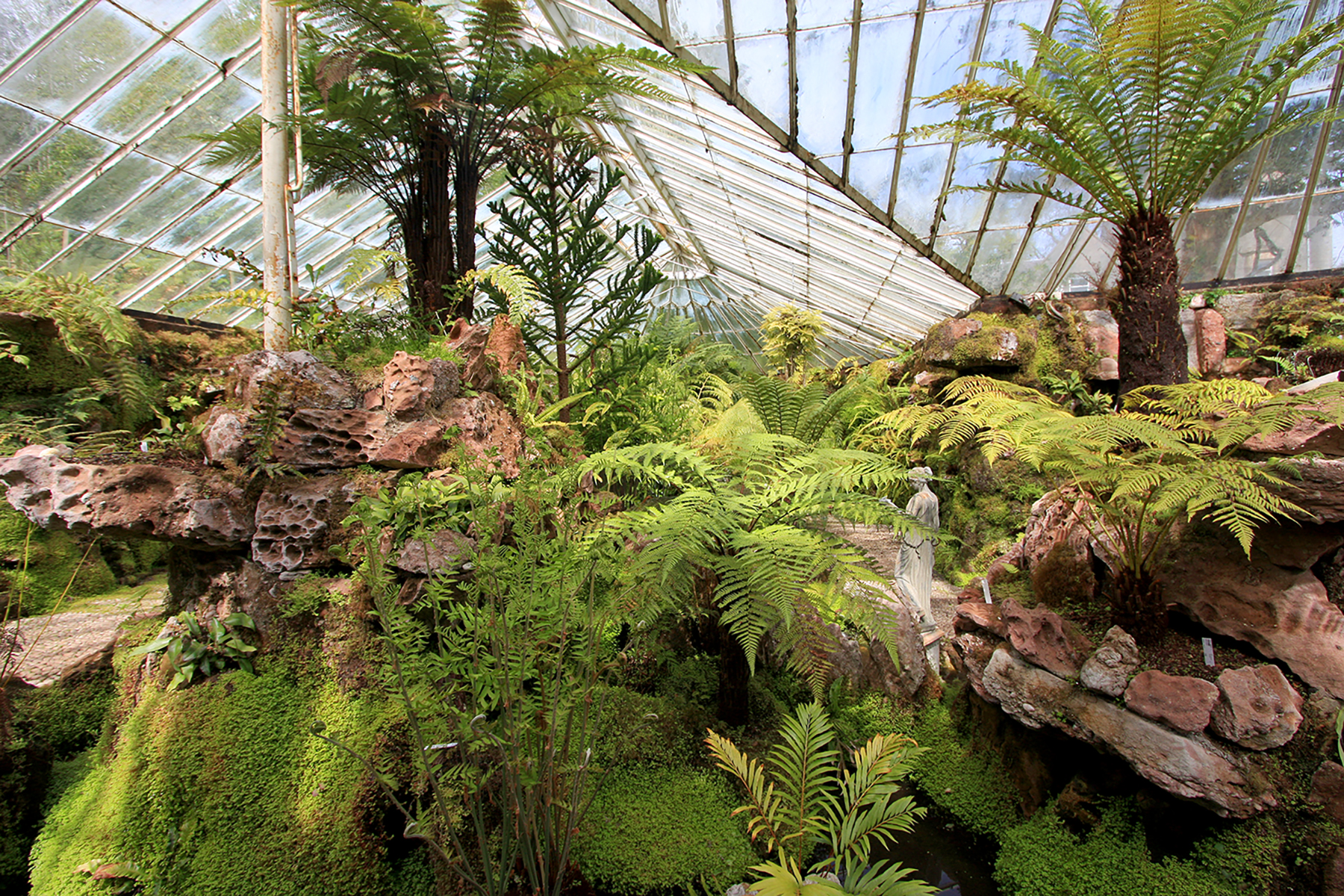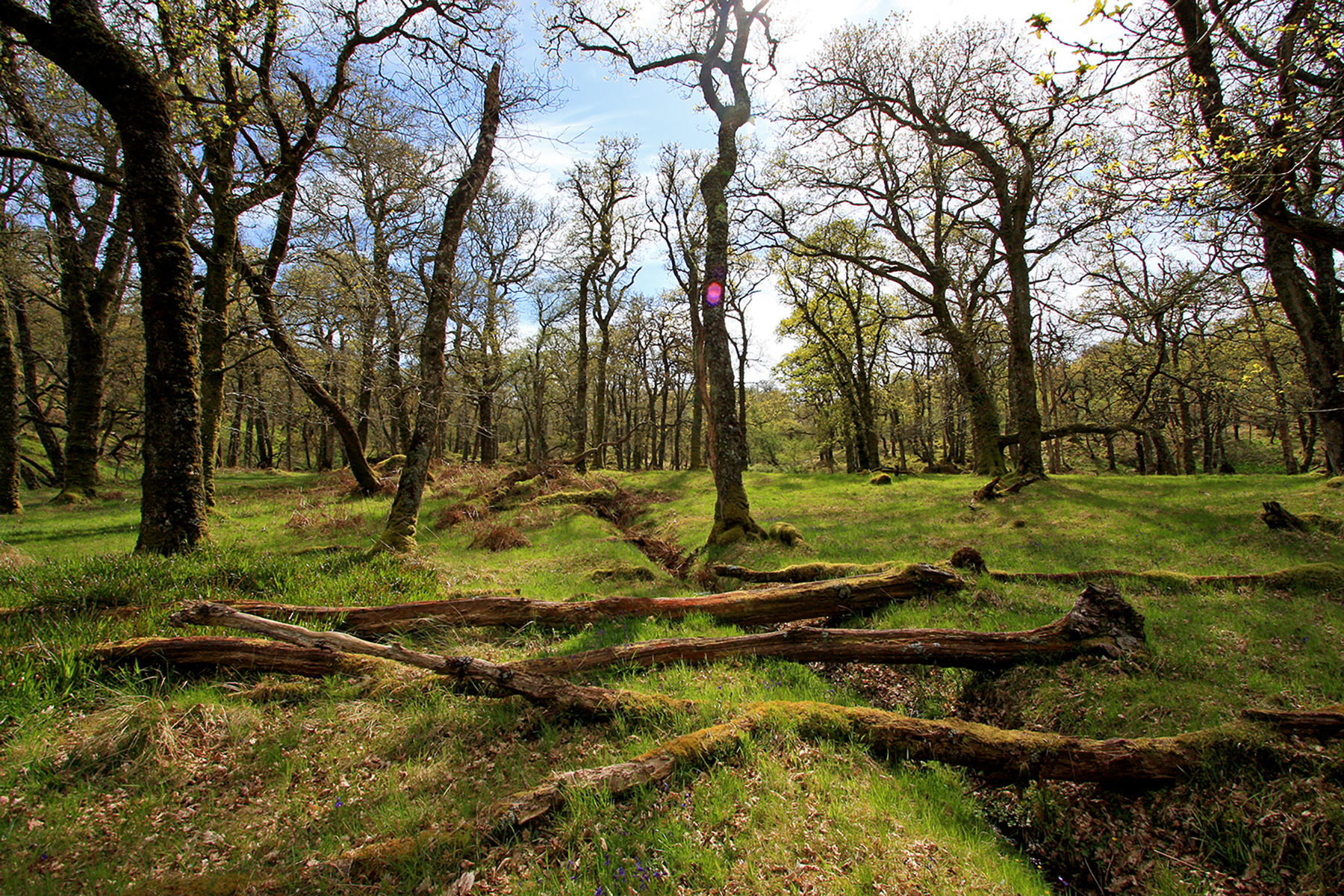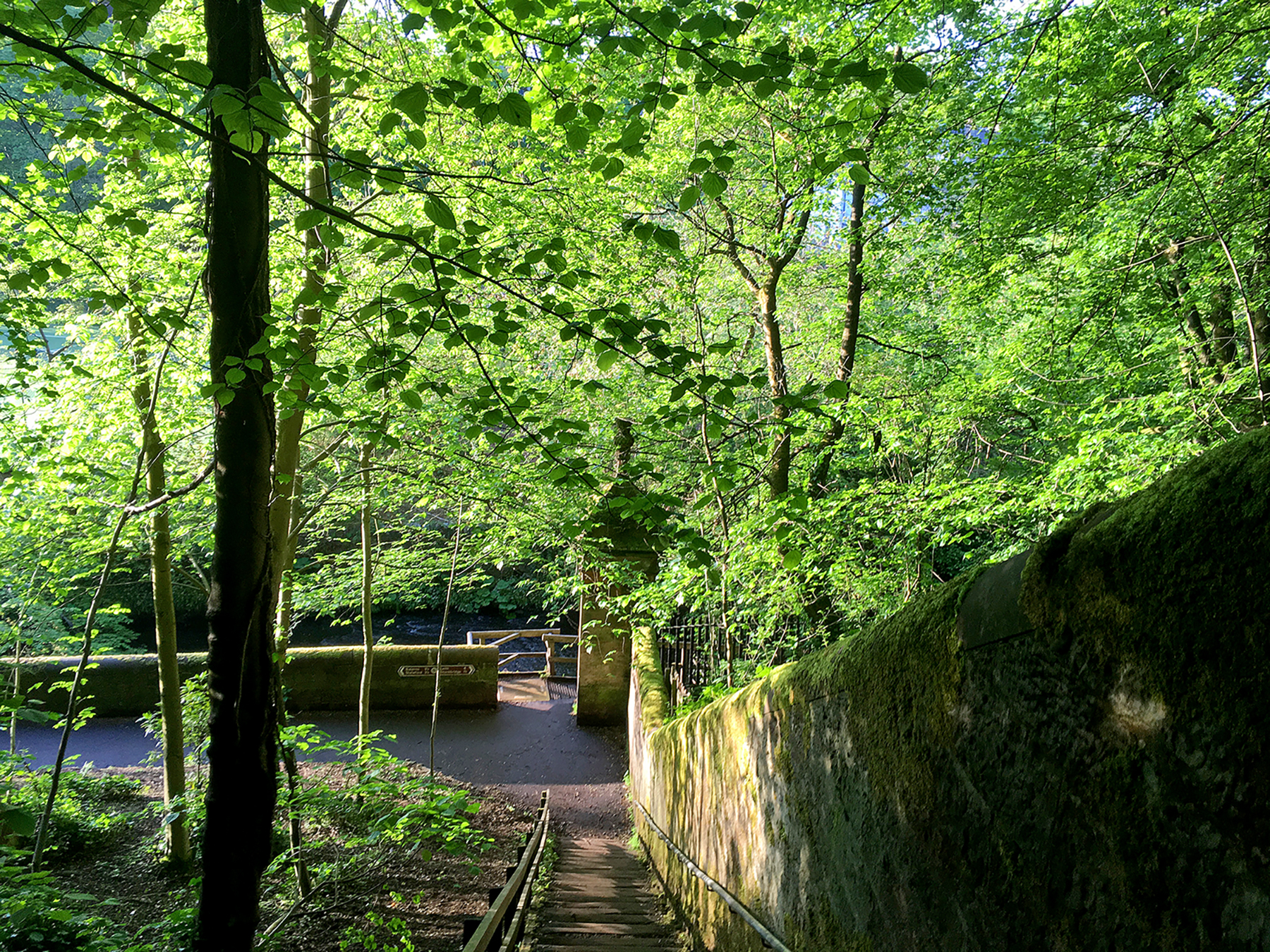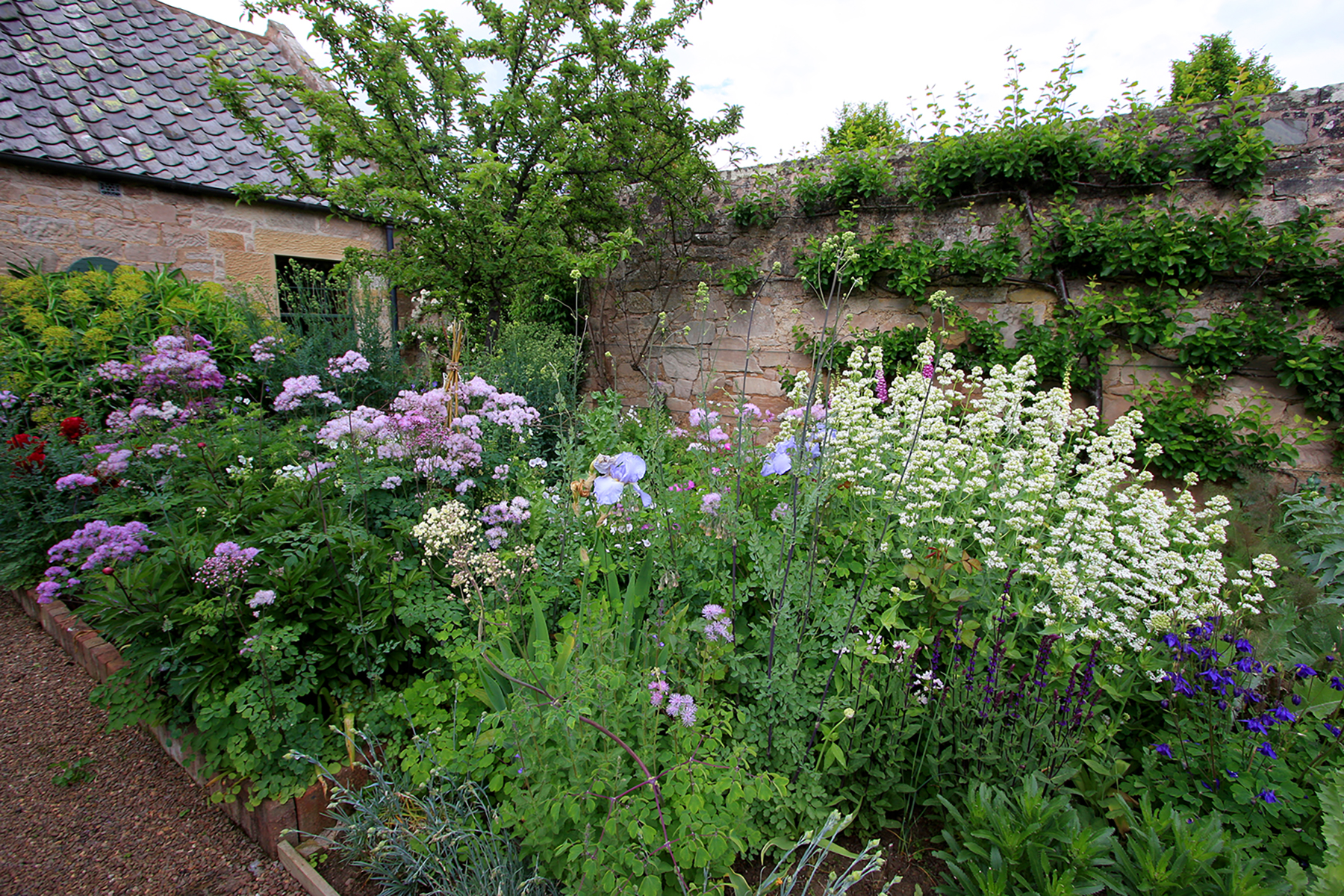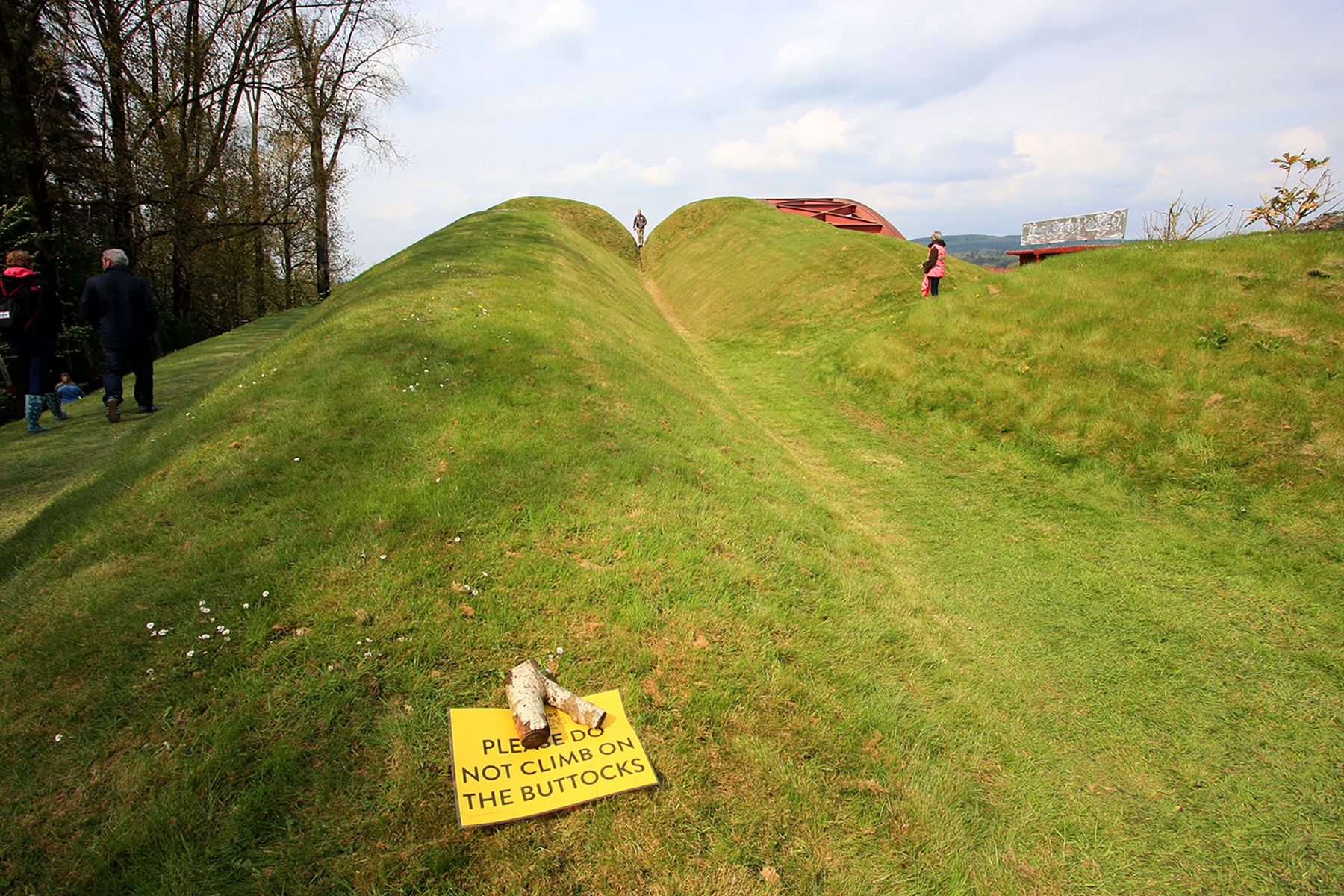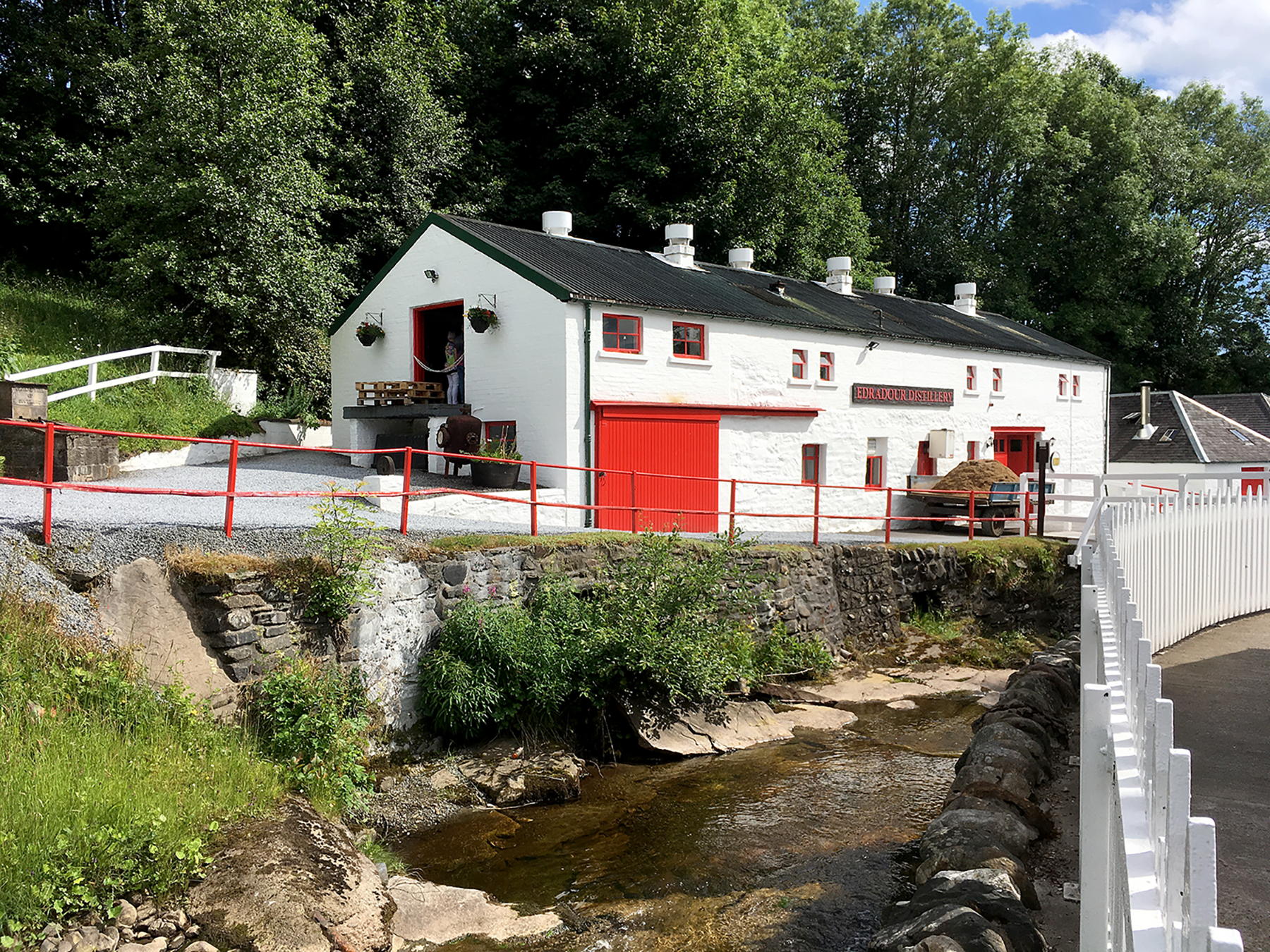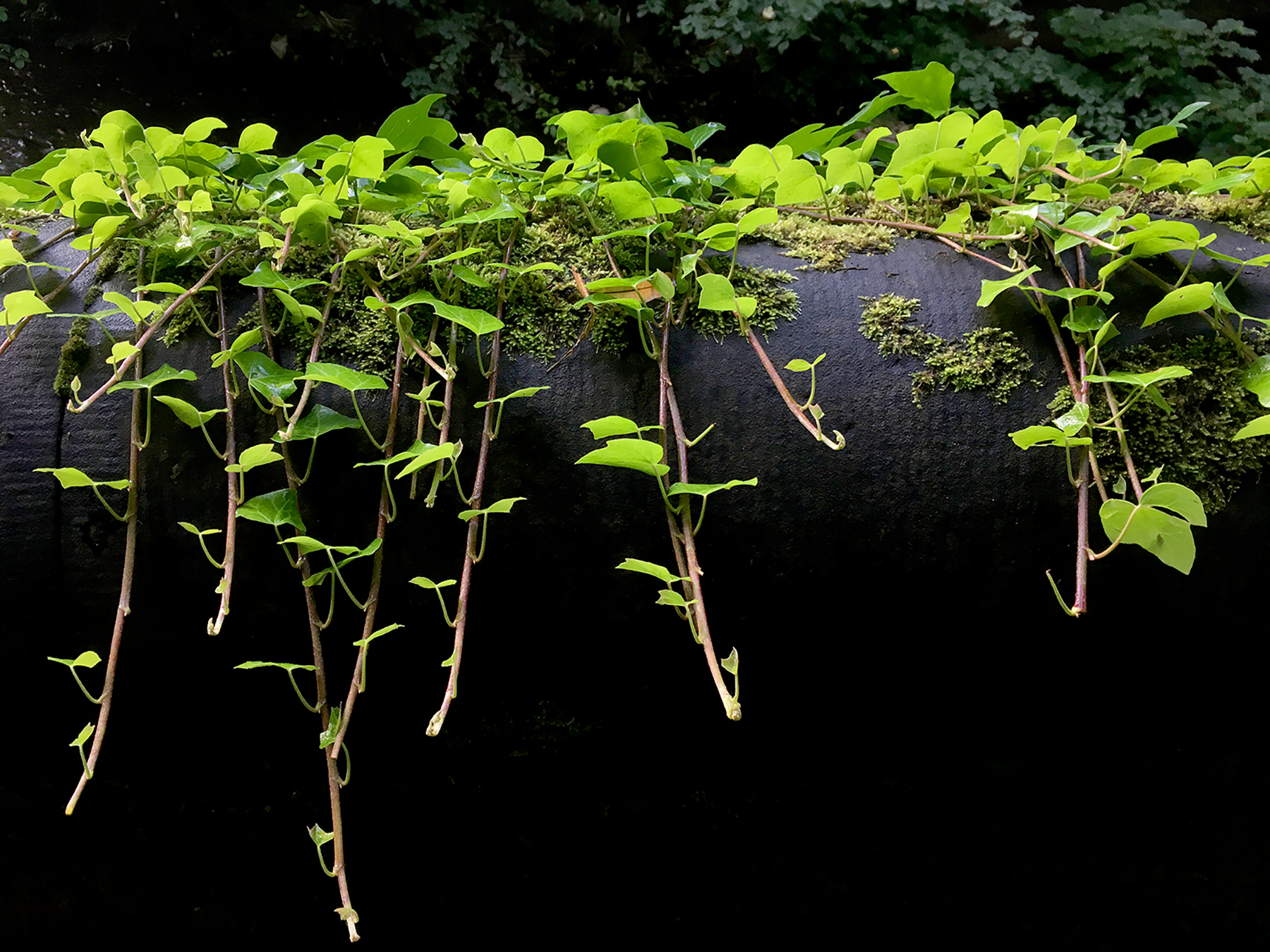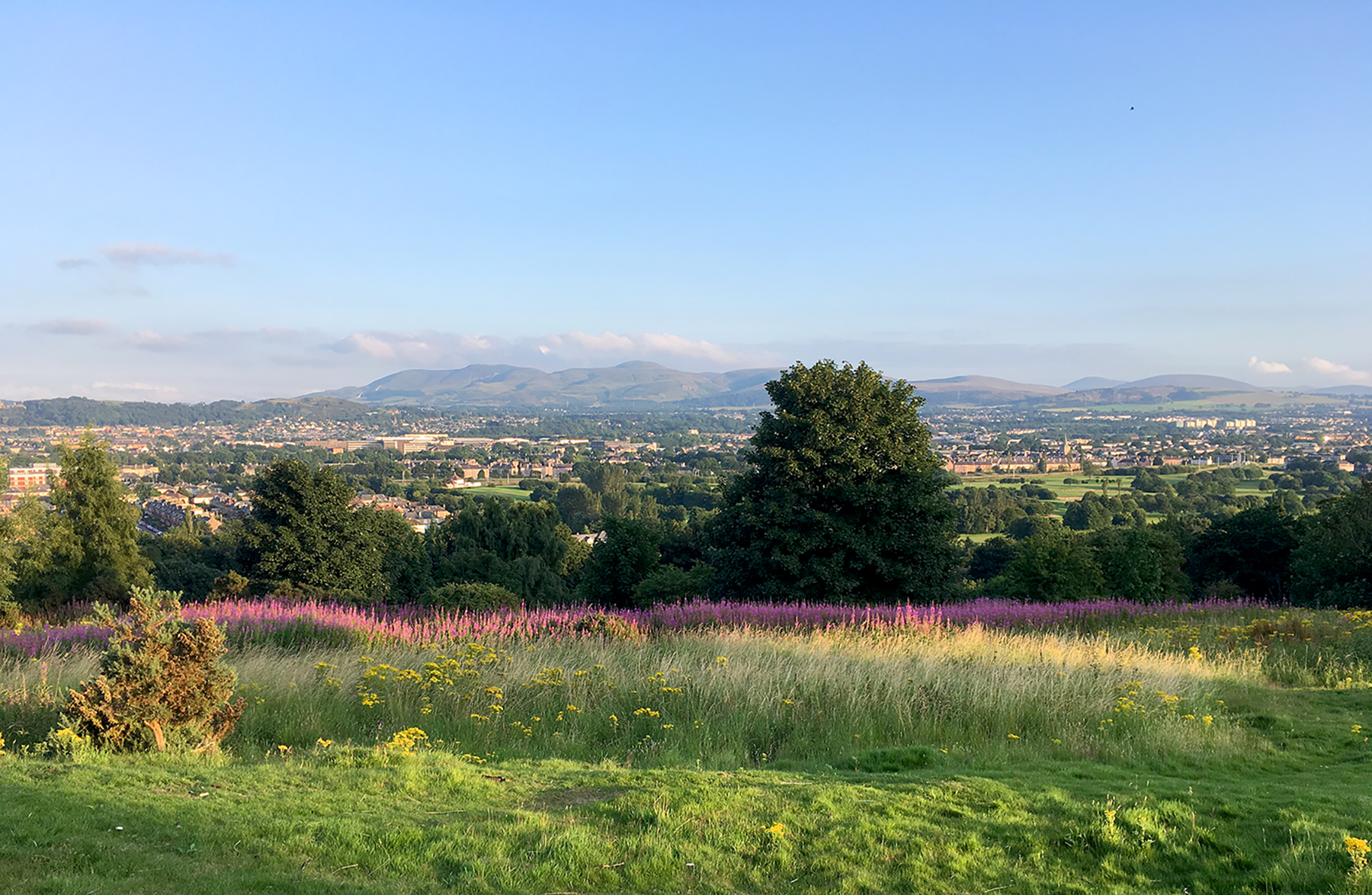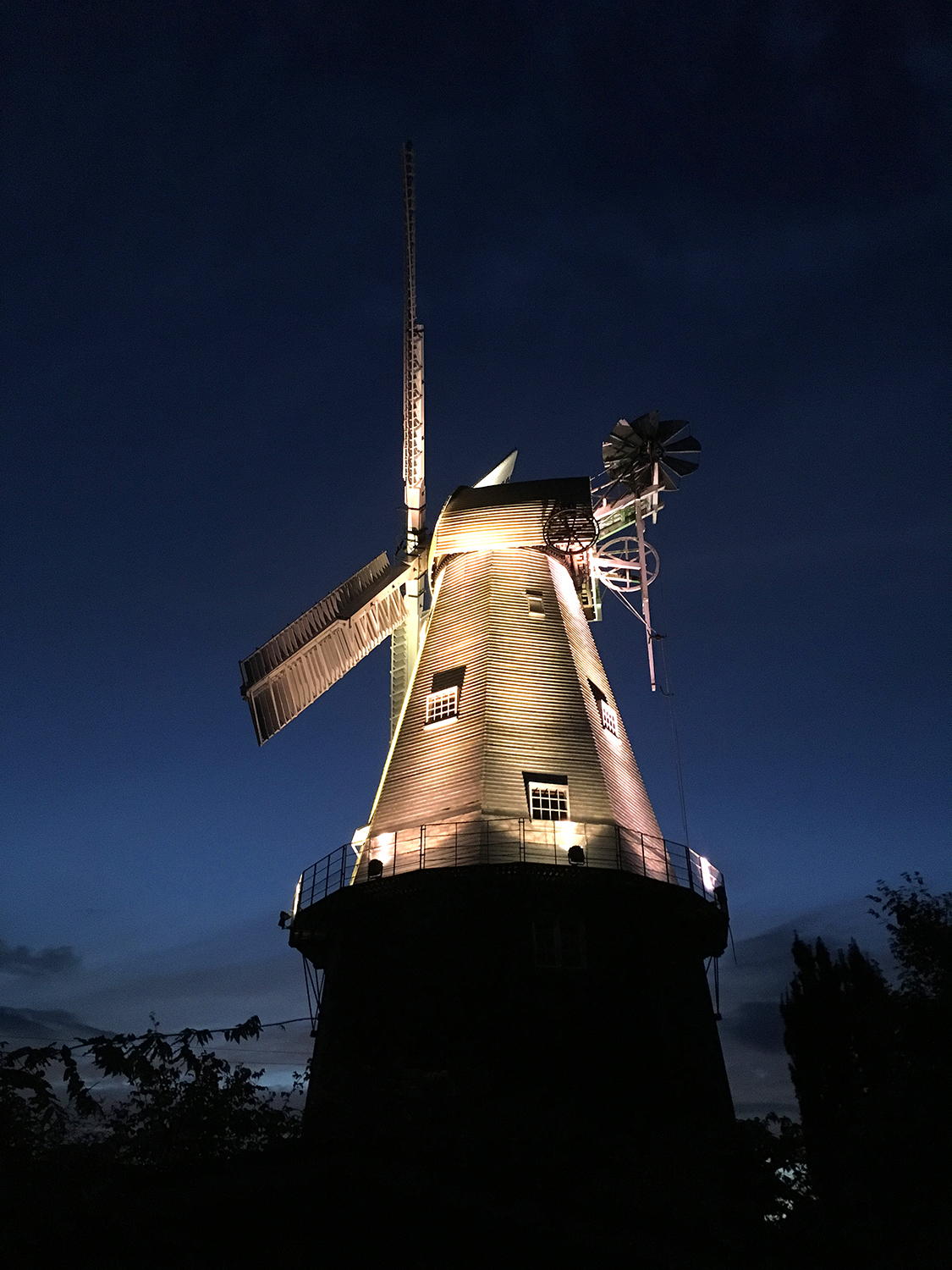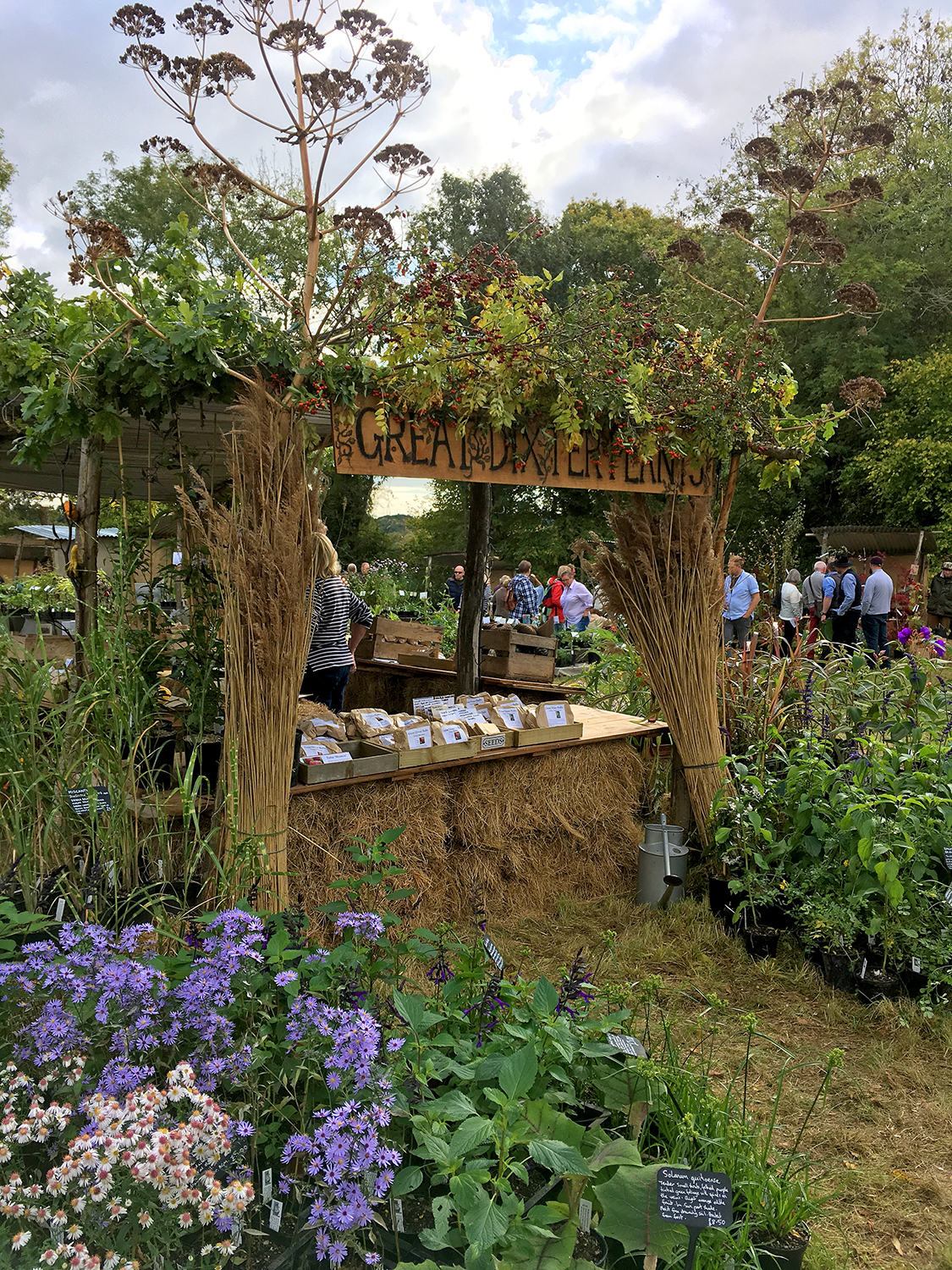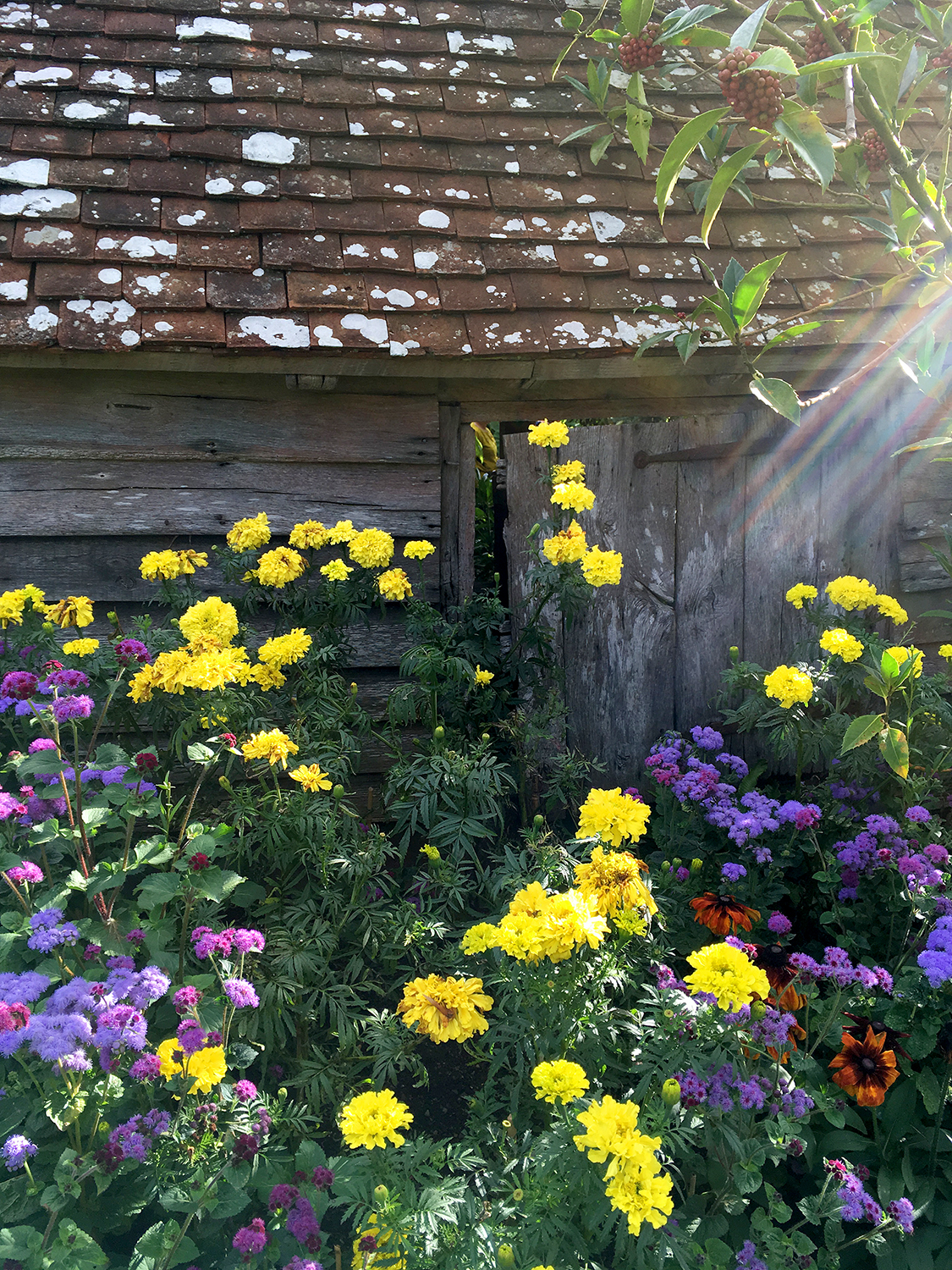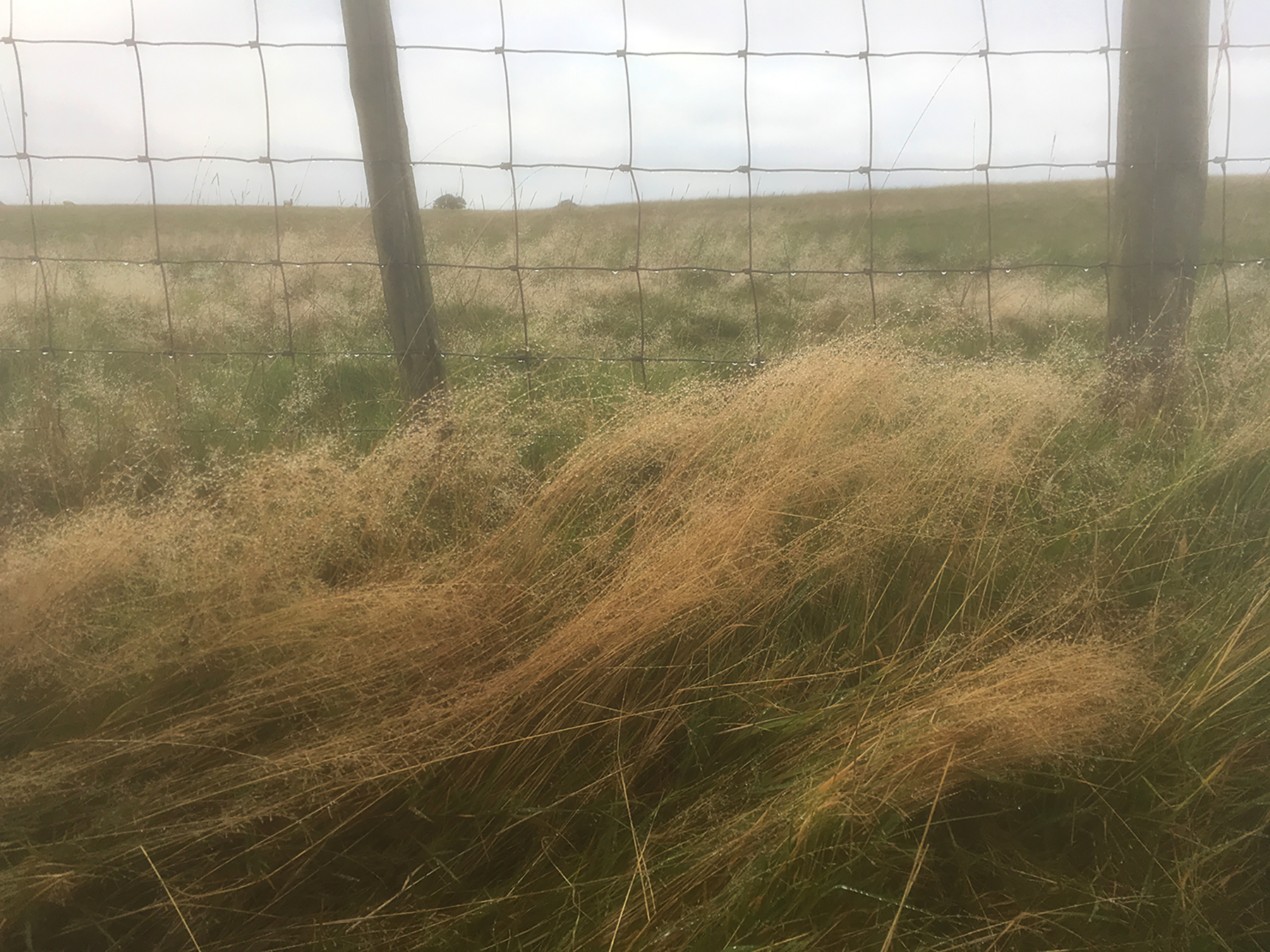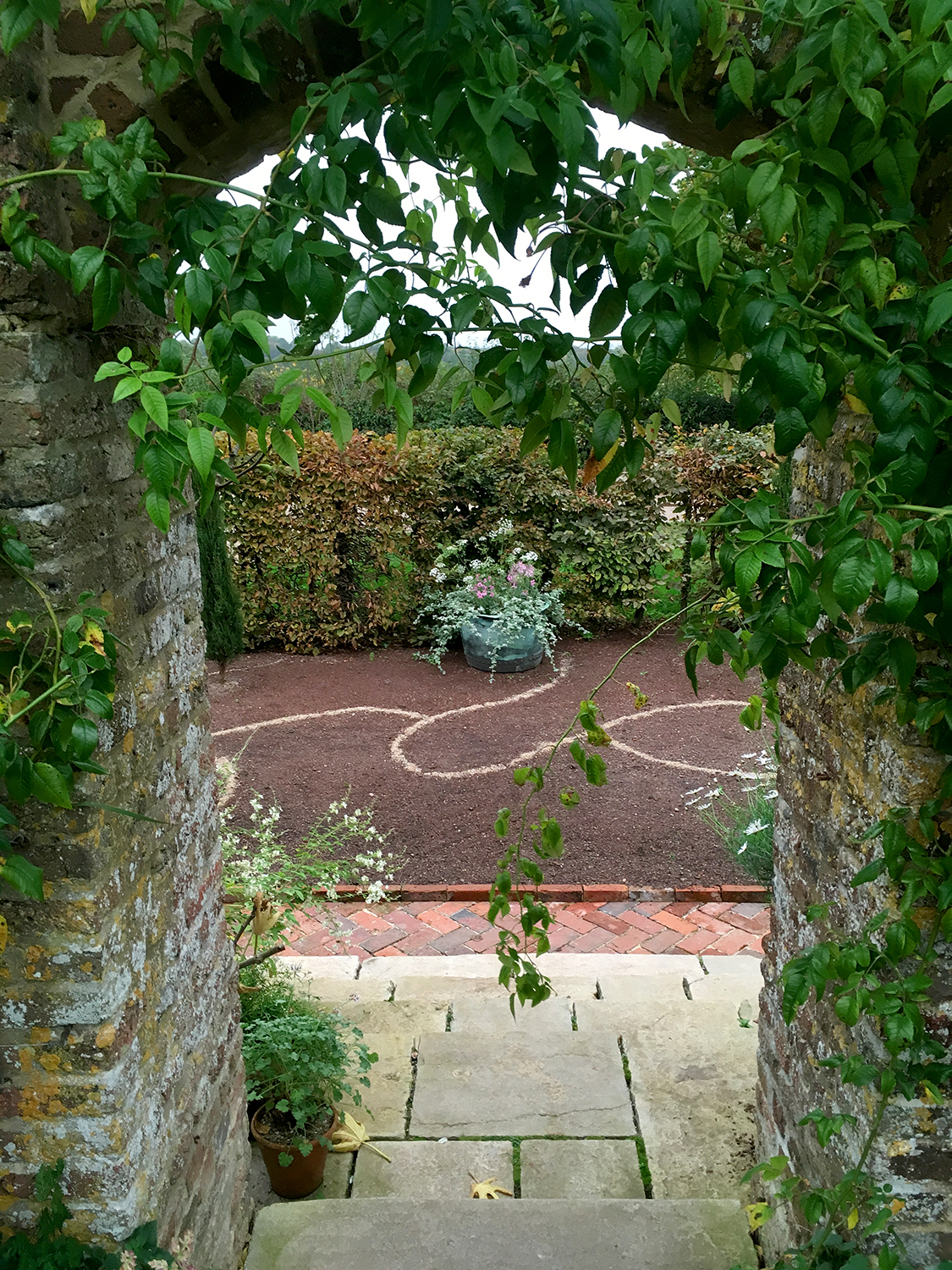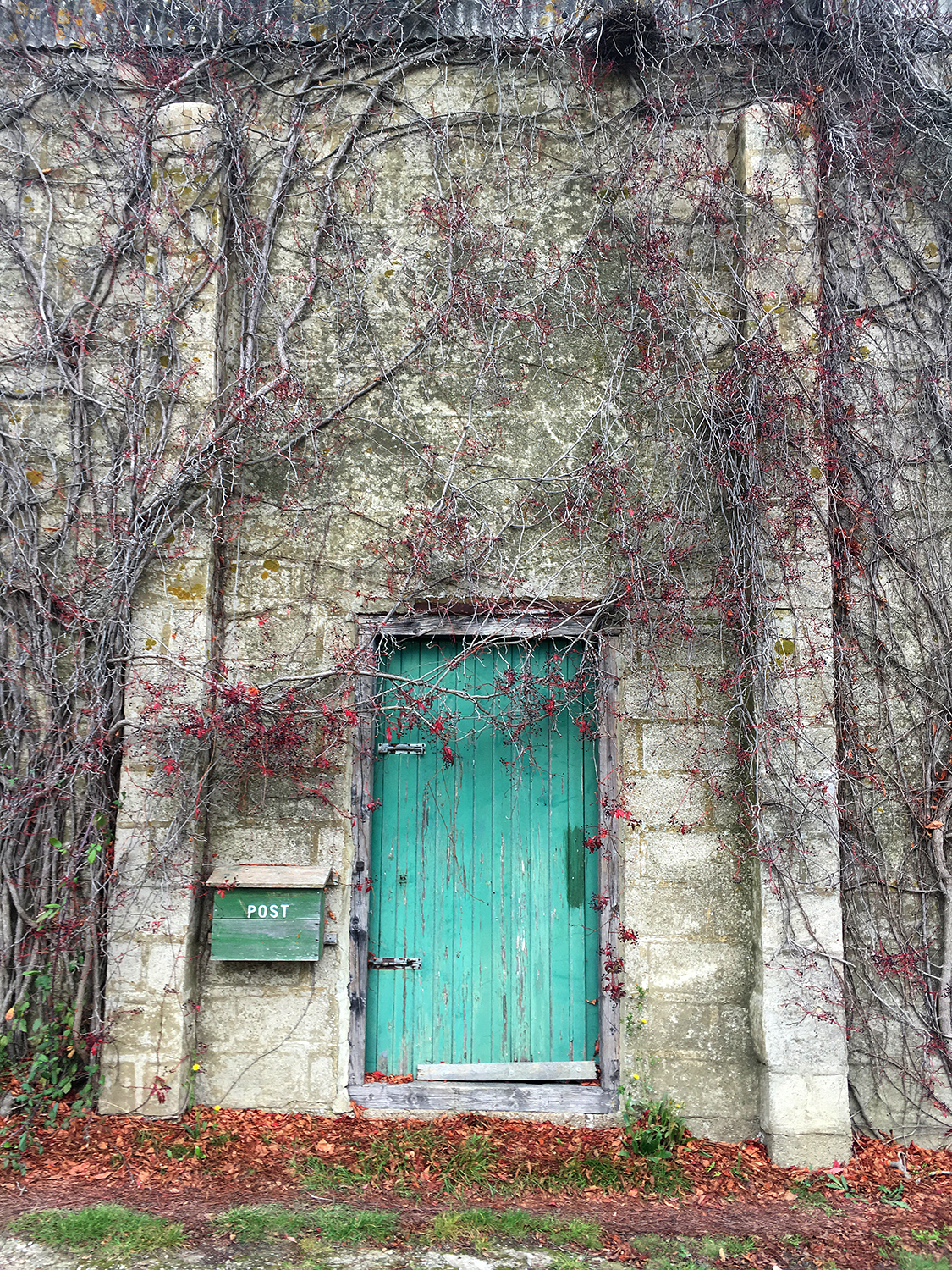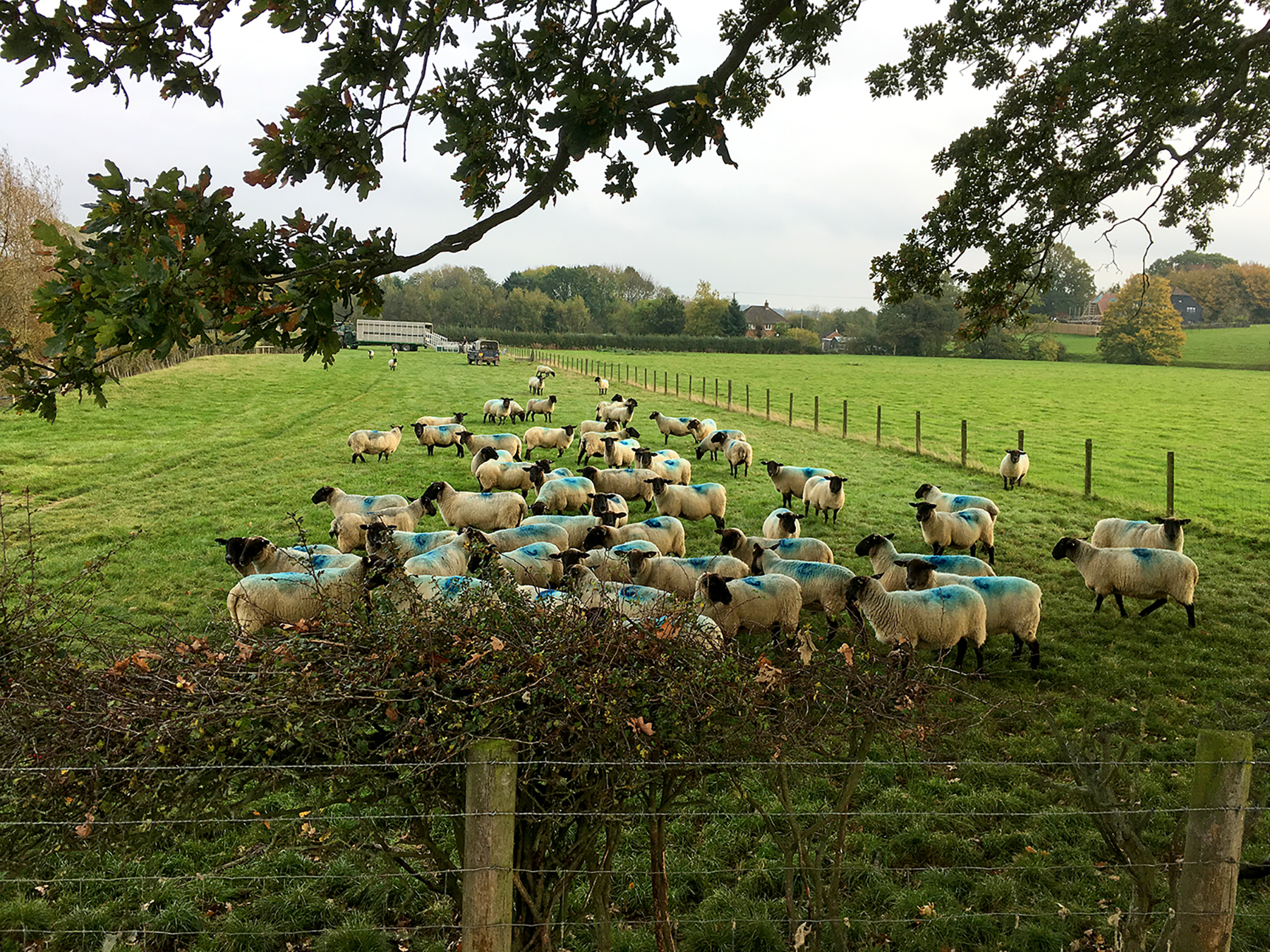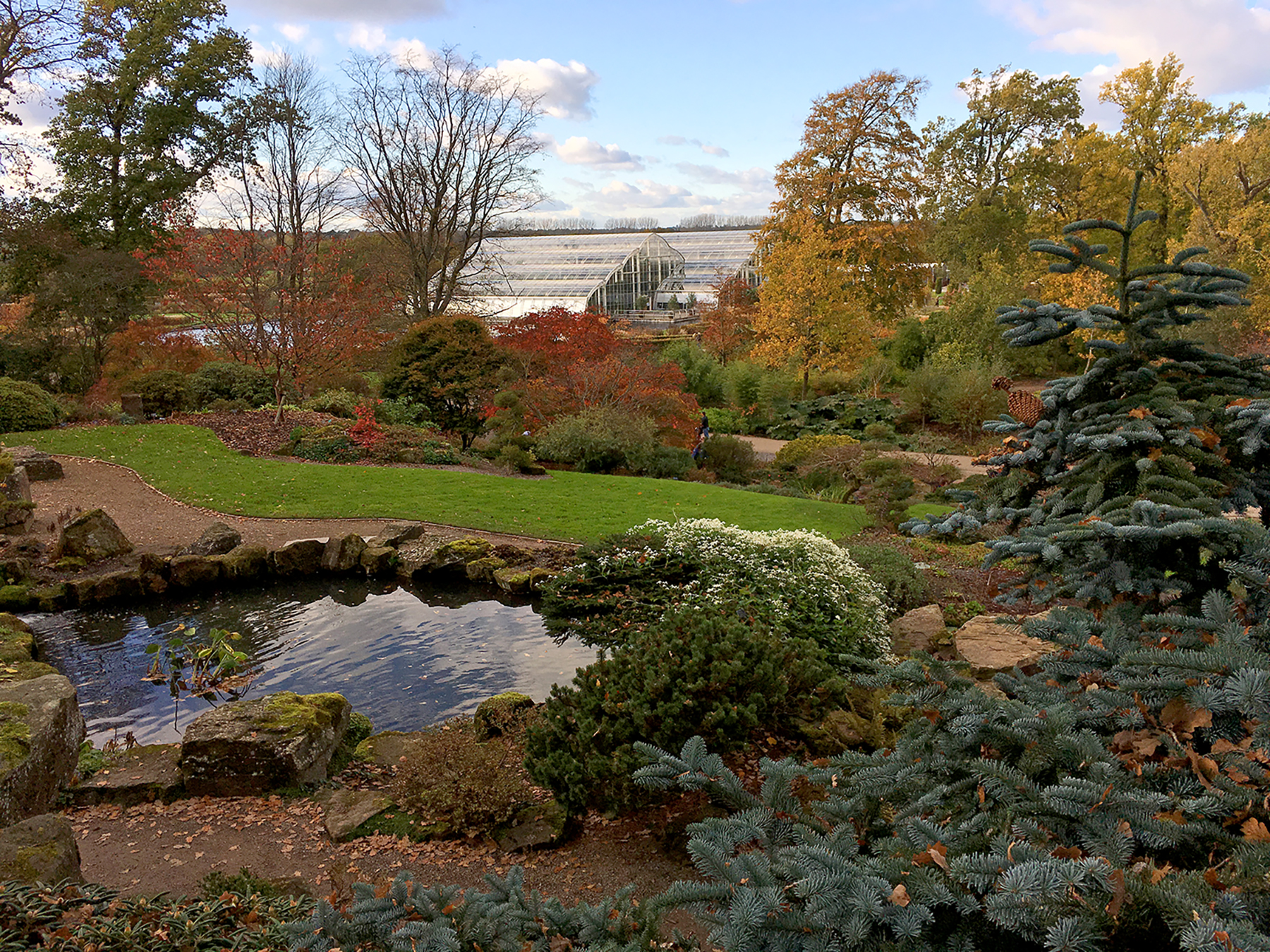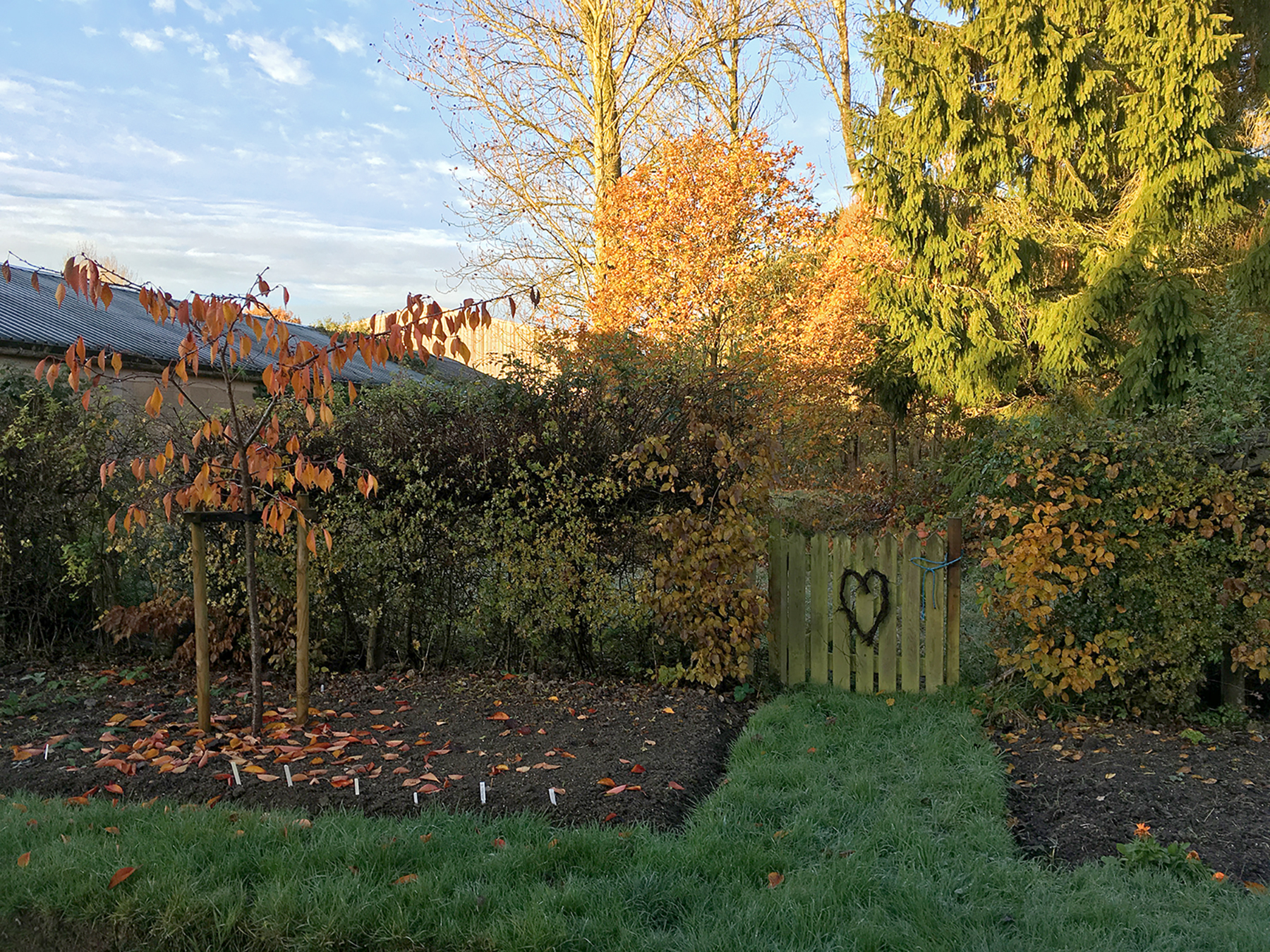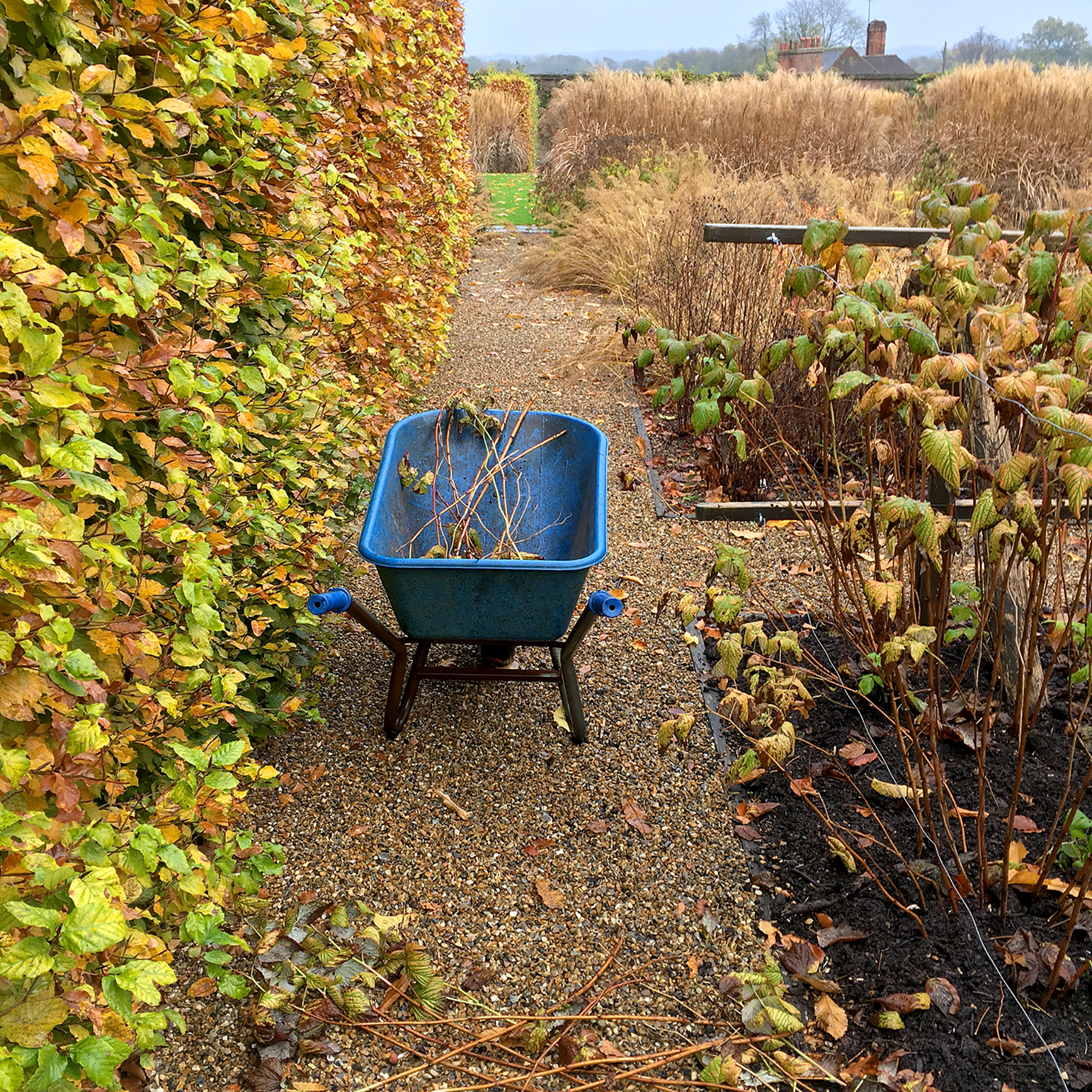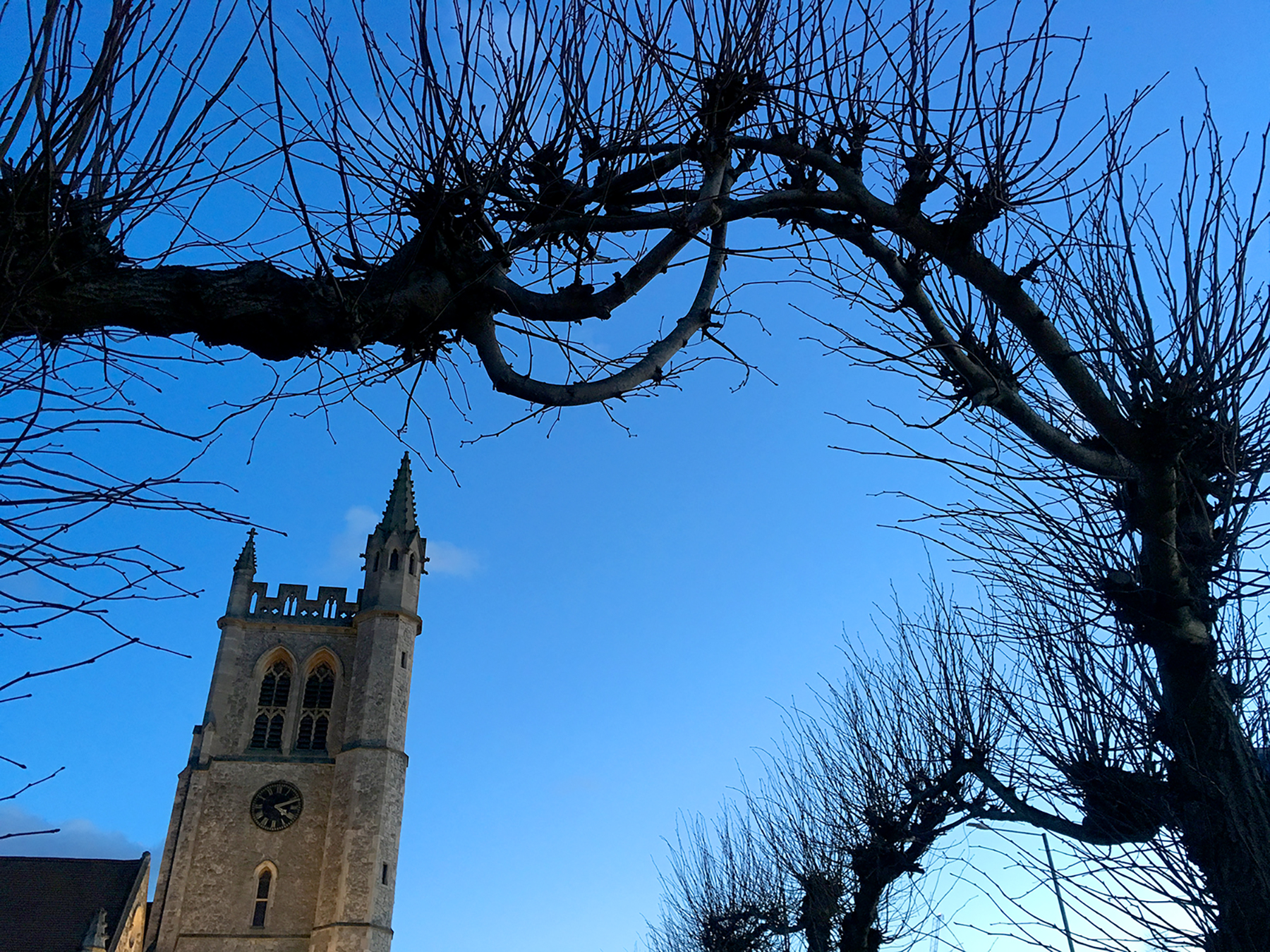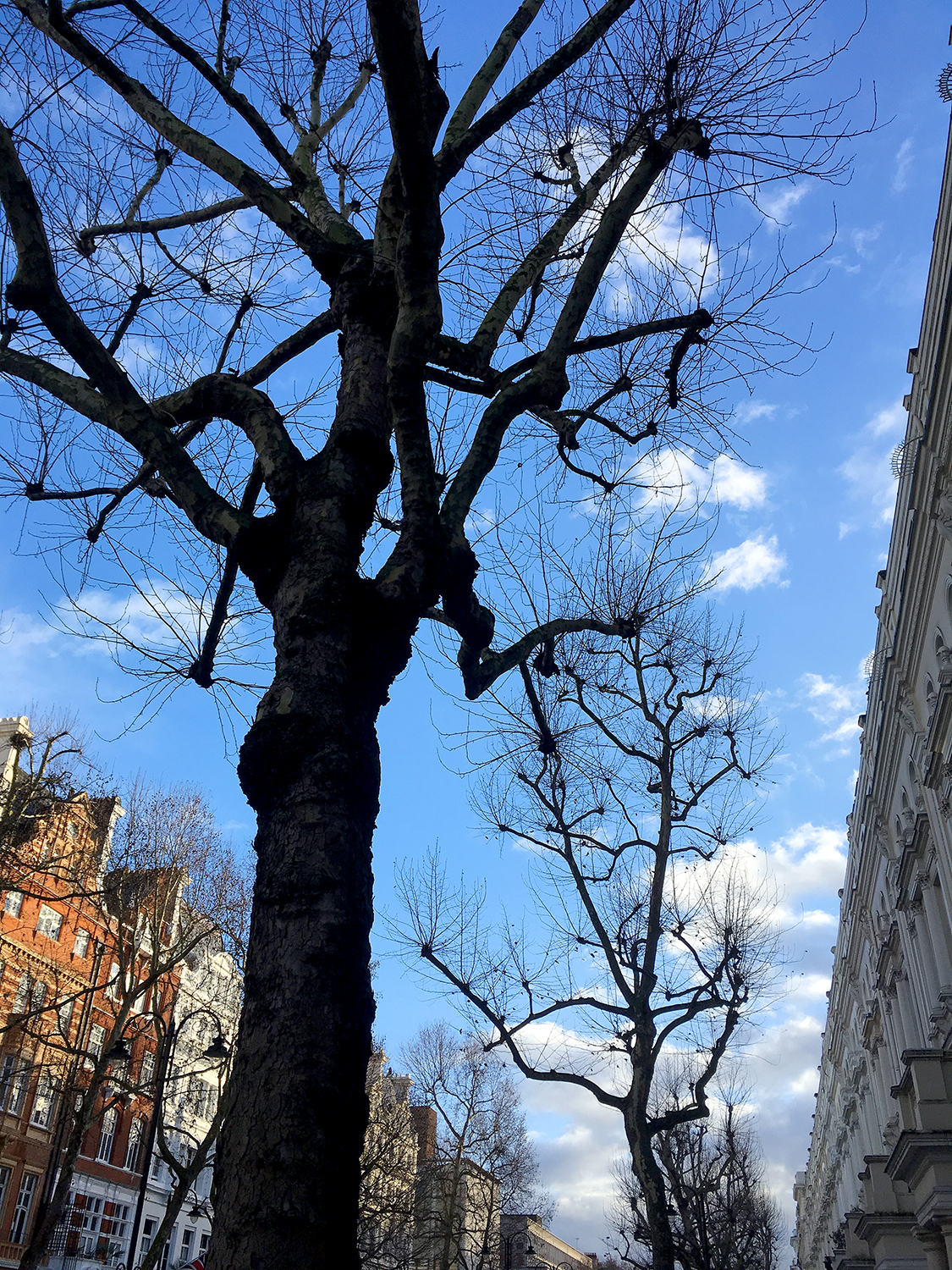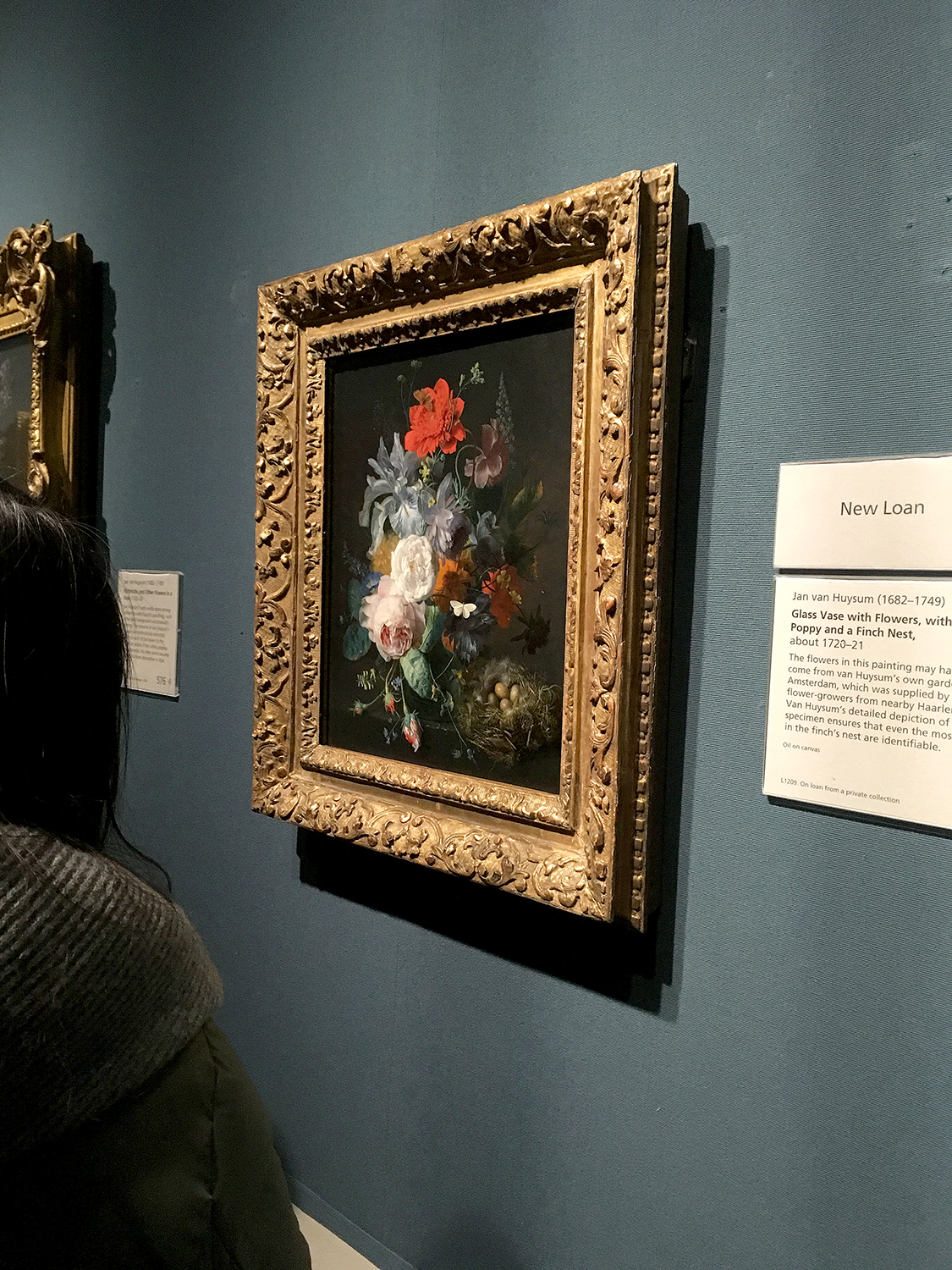This past winter my husband gave me one of the best presents I've ever received. Starting December 1, he presented me with an Advent calendar made up of a collection of brown paper envelopes embellished with beautiful dried leaves. I was to open one envelope each day throughout the month. Inside each envelope was a packet of seeds, carefully chosen to reflect plants that hold special memories or that we'd talked about growing before we ever had the space to cultivate. And thus, in the darkest days of winter, our first garden was born.
Around Valentine's Day I got another nice present. We commissioned a local carpenter my husband knows through work to build us a cold frame. I never had a cold frame in Virginia, but I really came to see their value studying in Scotland, where cold frames helped nurture seedlings through protracted British springs. We have the perfect spot for one here, on a south-facing wall of the house with the solid concrete driveway base beneath.
When the base of the cold frame arrived we added a roof and some hardware then got to work sowing all those Advent seeds. It's a messy business done inside at the kitchen table, which sits on white carpet, so a glasshouse and potting shed are the next big items on our garden wish list.
We pricked out a bunch of seedlings last weekend (above), and the image below taken today shows they are settling in nicely.
The extreme (for England) cold and snow has really set spring back this year--some people saying by as much as four weeks--so some of our little plants aren't taking off quite as quickly as one would expect. But I'm sure that under the soil they're busy putting down new roots and as soon as the temperatures rise a bit they'll be off. In the meantime they are snug and protected in our beautiful new cold frame. It is a joy to watch them grow. Every evening when we get home from work we open the cold frame and gaze at our seedlings for a moment, then shut the lid and head inside. As my husband says, they're the best kind of children. I agree--if they misbehave we just toss them on the compost heap.
Now if it would just stop raining so we could finally get our planting beds prepared, the 2018 garden season would be well underway!
